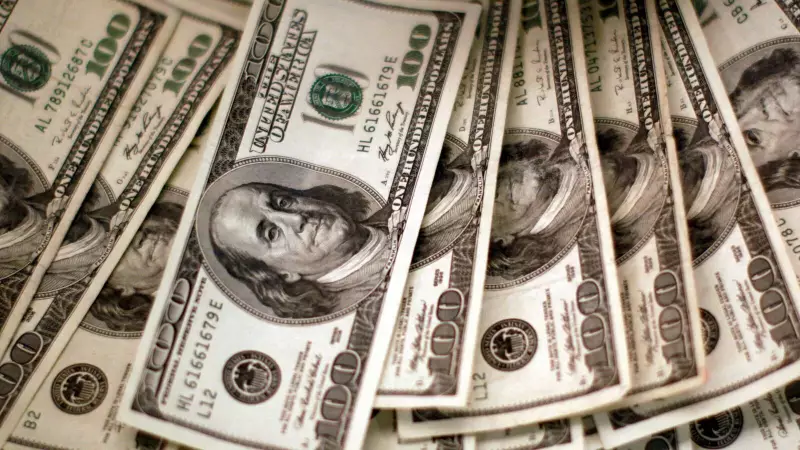
In a welcome move for cash-strapped residents battling rising prices, New York State has begun distributing much-anticipated $400 inflation relief payments to eligible taxpayers. This financial boost comes as part of the state's ongoing efforts to provide economic support during challenging times.
Who Qualifies for This Financial Boost?
The eligibility criteria for this inflation refund are straightforward but specific. To receive the $400 payment, taxpayers must meet the following requirements:
- Have filed their 2021 New York State income tax return
- Received a New York State earned income tax credit or Empire State child credit
- Met the income thresholds established for these credits
Payment Distribution Timeline
The New York State Department of Taxation and Finance has confirmed that payments are being issued automatically to qualified residents. There's no need to apply separately – if you're eligible, your cheque will be mailed directly to the address on file from your tax return.
The distribution process began recently and will continue over the coming weeks, so residents are advised to be patient if their payment hasn't arrived immediately.
Understanding the Inflation Relief Initiative
This $400 payment represents New York's proactive approach to helping middle and low-income families cope with the highest inflation rates in decades. The relief program was approved as part of the state budget earlier this year, recognizing the financial strain many households are experiencing due to increased costs of essentials like groceries, fuel, and housing.
What Recipients Should Know
If you believe you qualify but haven't received your payment, the state recommends:
- Ensuring your 2021 tax return was properly filed and processed
- Verifying your current address matches what's on file with tax authorities
- Allowing adequate time for mail delivery
- Contacting the tax department only if significant time has passed without payment
This initiative underscores New York's commitment to supporting residents through economic challenges while stimulating local economies through increased consumer spending power.





